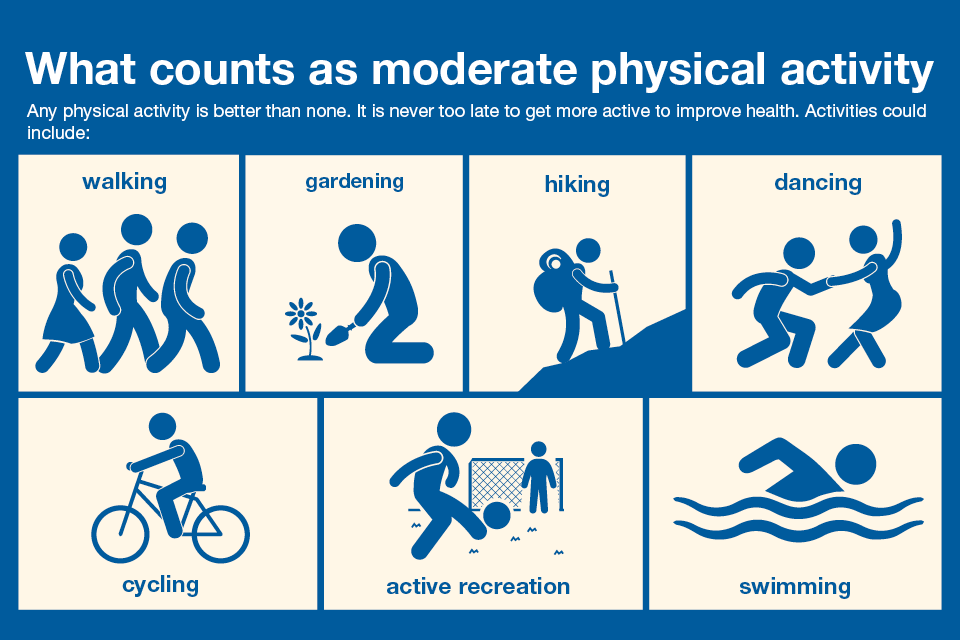Belly fat, or visceral fat, has been associated with metabolic syndrome, a cluster of risk factors which predict type 2 diabetes and heart disease. Researchers have also found that abdominal fat tissue can produce a hormone that could be making us hungrier, creating a vicious cycle.
1. Exercise moderately to help reduce stubborn belly fat
According to research, reducing the size of abdominal fat cells takes more than just cutting calories. Results from a five-year study show that exercise should be added to the equation.[1] Moderate amounts of exercise alone can reduce the inflammation in belly fat, even without a change in diet. Exercise also helps to prevent re-gaining abdominal fat after weight loss.
What to do: Find a fun moderate aerobic activity that you enjoy doing, such as running, walking, swimming, cycling, etc. And if you want to take it up a notch, engage in high-activity sports like tennis, racquetball, basketball and surfing.

